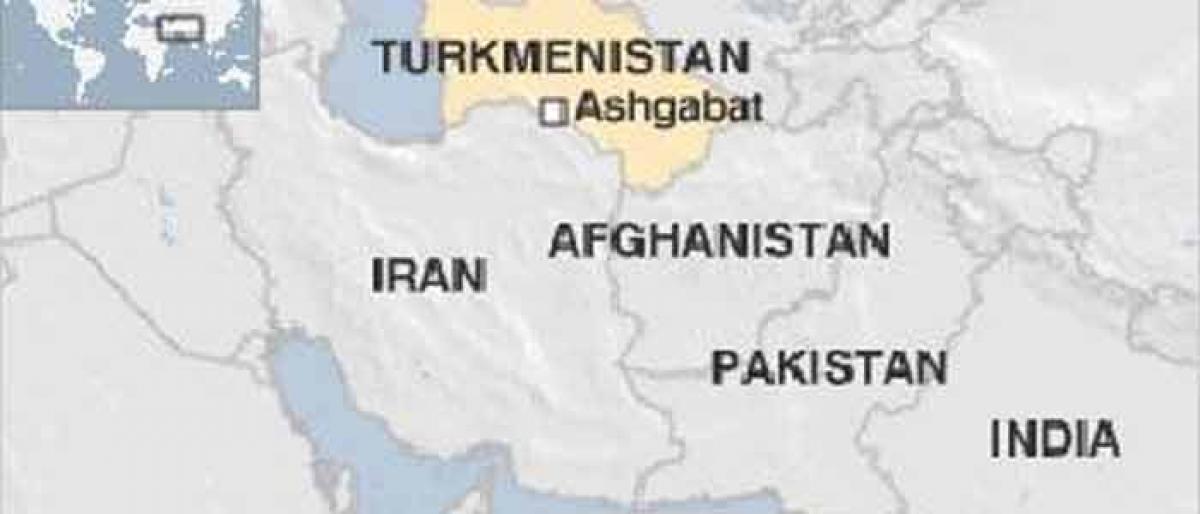Live
- Treating politician differently from ordinary criminal will violate Constitution: ED tells SC on CM Kejriwal's plea
- Adverse weather conditions may hit mango crops in UP: Experts
- Cong to snatch reservation from Dalits, says Union Minister Pralhad Joshi
- Congress tied hands of our soldiers, we gave them full freedom to retaliate: PM Modi
- Big B on being honoured with Mangeshkar Award: ‘Abhaar aur mera param saubhagya’
- Fashion Entrepreneur Fund opens up for pre registrations
- ICEA shares blueprint for India to become a global leader in chip value chain
- Meera Deosthale describes marriage as a ‘beautiful union yet huge responsibility’
- 1 in 4 Indians came across political content that turned out to be deepfake: Report
- Summer diet tips for mom-to-be to stay hydrated and healthy









